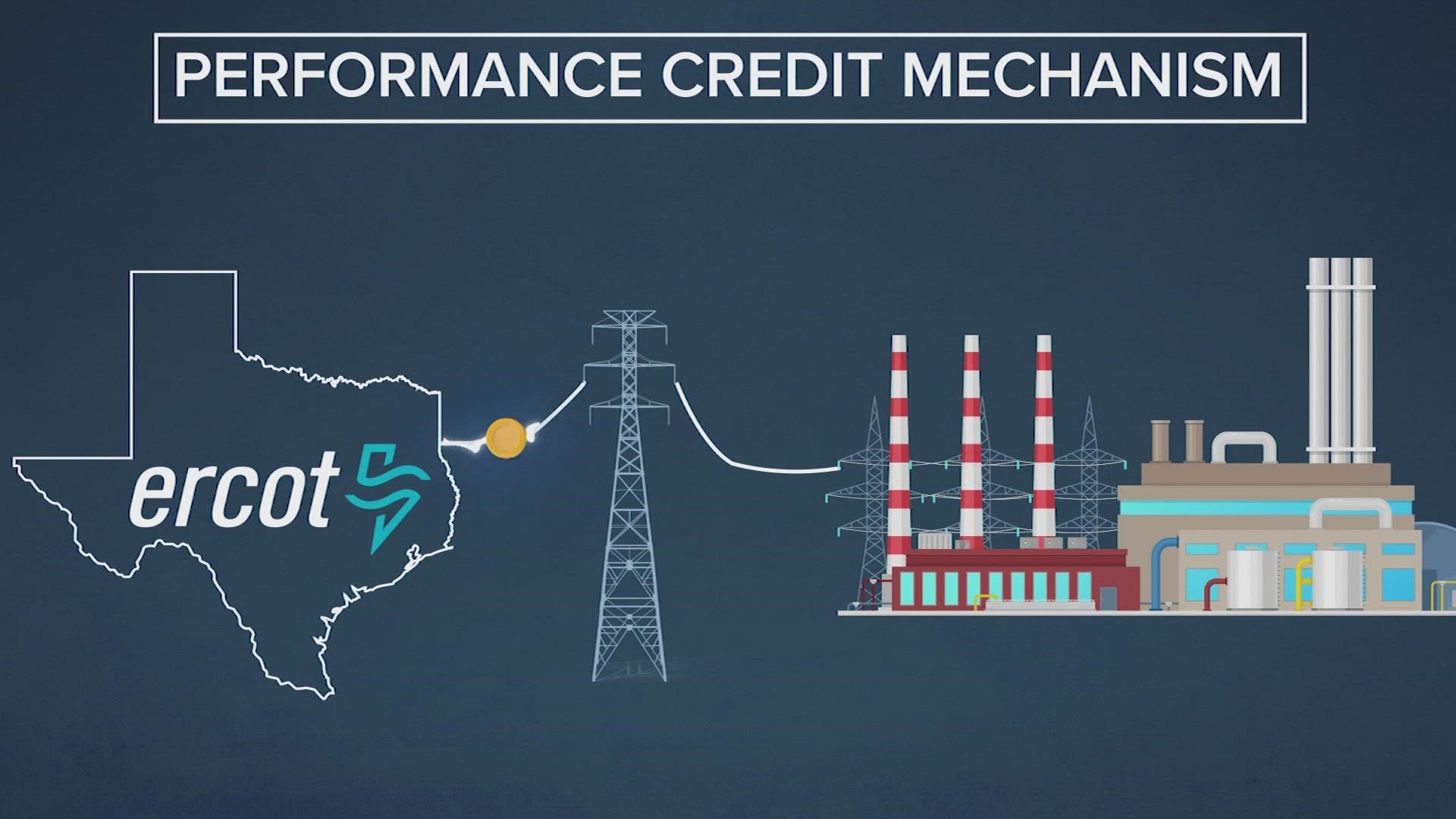HOUSTON — If you’re tired of those high electricity bills, newly approved energy market changes could mean you’ll be paying even more down the road.
The Public Utility Commission of Texas voted to adopt a new model that supporters said will shore up grid reliability, but critics fear consumers will end up picking up the tab.
It’s called a Performance Credit Mechanism, or PCM, and would award credits to power generators that perform during times of highest risk—extreme heat, cold or when wind and solar power output is low. In turn, power retailers must buy those credits to sell power to customers or face a penalty.
PUC commissioners said the move fulfills a “reliability standard” requirement Texas lawmakers put into place after the February 2021 winter storm crippled the state’s power grid. Commissioners said financial certainty of the PCM credit will foster new power plant construction to replace the aging fleet.
“A market design change in the form of a new reliability service is required to generate the revenue necessary for new dispatchable power to be built in the ERCOT market,” PUC Chairman Peter Lake said in a memo recommending the redesign.
An analysis from consultant firm E3 estimates the changes could add $460 million a year to the power market.
“Consumers end up paying for that, and I think that $460 million is quite low,” said energy analyst Doug Lewin, host of the Texas Power Podcast.
For the average Texas consumer, the estimated increase would be around $2 for every $100 of their monthly bill.
“This is something that the PUC desperately needs to do is to have additional analysis of what these costs would actually look like,” Lewin said.
Lewin and many stakeholders who submitted comments to the PUC said there is no guarantee the change overall would create more power plants in Texas. The Performance Credit Mechanism is the first of its kind.
“They’re literally making it up as they go along. No other market anywhere in the world has ever done this,” Lewin said.
The action by the PUC is subject to the input of Texas legislators. If finalized, the redesign could take three to four years to fully implement.

